16 Antique Automobiles From the Early 1900s That Made History
The early 1900s were a defining time for automobiles, a period of innovation that paved the way for future designs. As the first mass-produced cars hit the road, the features that defined them were often a mix of luxury and practicality. While they may have lacked the comfort and technology we’re used to today, these automobiles were the beginnings of what we now consider modern vehicles. Key features like the internal combustion engine, hand-crank starters, and steel frames were revolutionary for their time.
This post may contain affiliate links, which helps keep this content free. Please read our disclosure for more info.
Rolls-Royce Silver Ghost
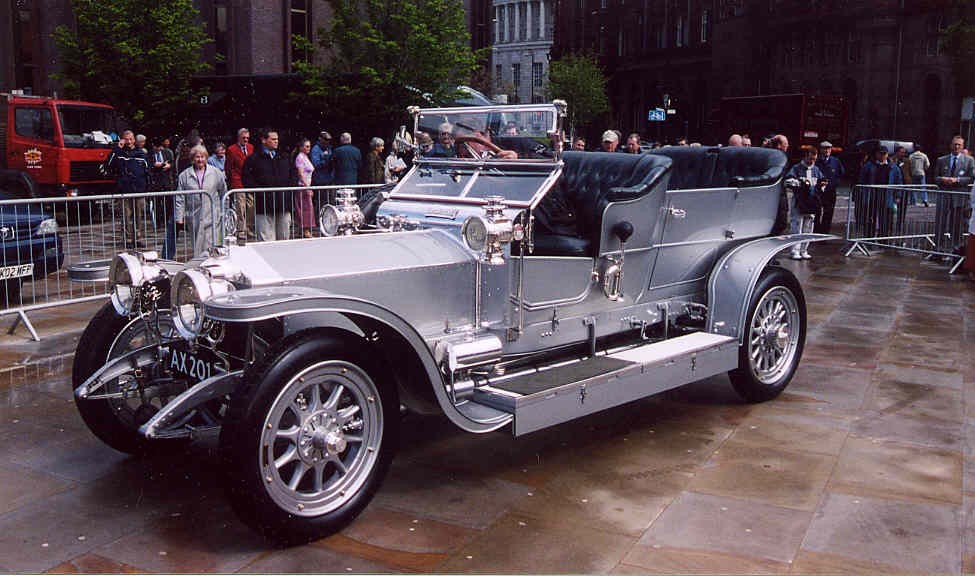
Introduced in 1906, the Rolls-Royce Silver Ghost is considered one of the most influential automobiles in history. The model is renowned for its quiet, reliable engine and superior engineering, setting a new standard for luxury. Its six-cylinder engine featured full-pressure lubrication and dual spark plugs per cylinder, contributing to its legendary smoothness. This car made history with its long-distance trials, proving its durability and becoming a symbol of automotive excellence. Well-preserved models today can command values in the several hundred thousand-dollar range, with rare versions exceeding one million dollars.
The Silver Ghost’s design and craftsmanship made it a favorite among royalty and the elite. It was often customized to meet the buyer’s exact specifications, adding to the vehicle’s uniqueness. Many examples of the Silver Ghost participated in long-distance events, showcasing its reliability. This car remains a benchmark for collectors, with its legacy deeply rooted in the history of luxury automobiles. As a testament to Rolls-Royce’s engineering prowess, the Silver Ghost continues to be a highly sought-after vehicle in the classic car market.
Packard Twin Six
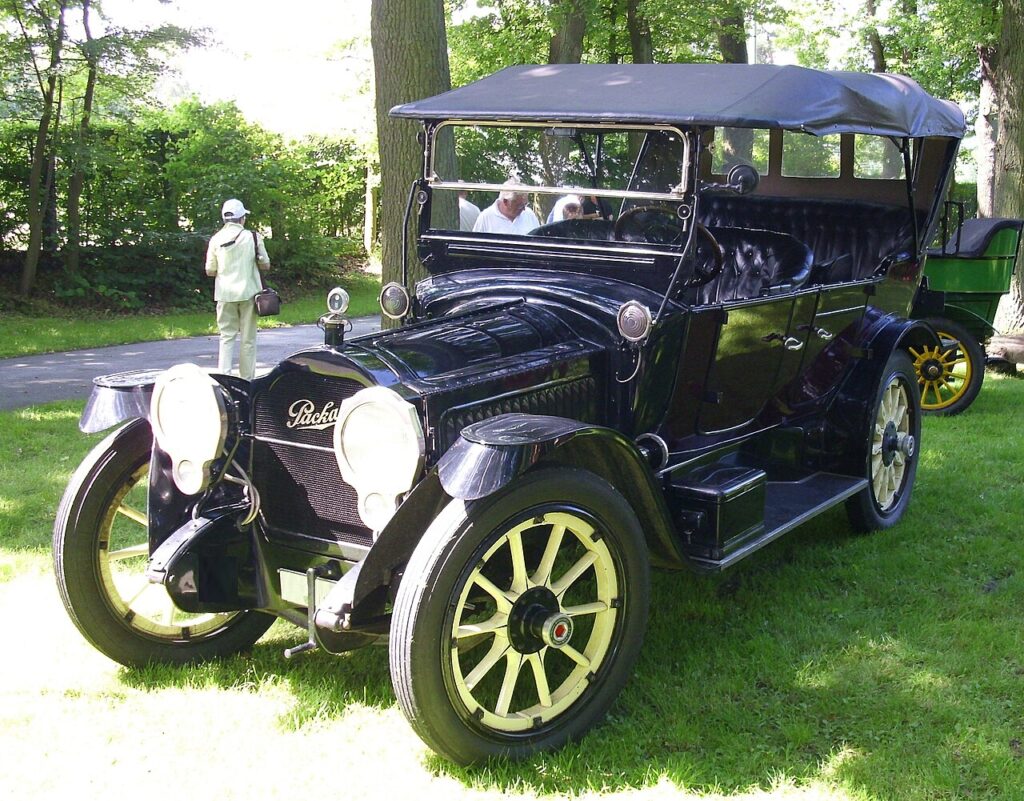
The Packard Twin Six, introduced in 1916, was the first American automobile to feature a V12 engine. This innovation set a new standard for power and smoothness in luxury cars. The Twin Six was known for its refined engineering and stylish bodywork, making it a favorite among wealthy buyers. It made history by helping establish Packard as a leading luxury automobile manufacturer in the United States. Today, well-restored examples are valued in the range of $100,000 to $150,000, depending on condition and provenance.
Packard’s V12 engine delivered smooth performance, which was unmatched by most competitors at the time. The car was offered in a variety of body styles, including touring cars and limousines, catering to the tastes of affluent customers. With fewer surviving examples today, the Twin Six remains a valuable collector’s item. Its place in American automotive history is solidified by its blend of luxury and engineering innovation. This model continues to be a cornerstone of early luxury motoring and is highly regarded by vintage automobile collectors.
Ford Model T
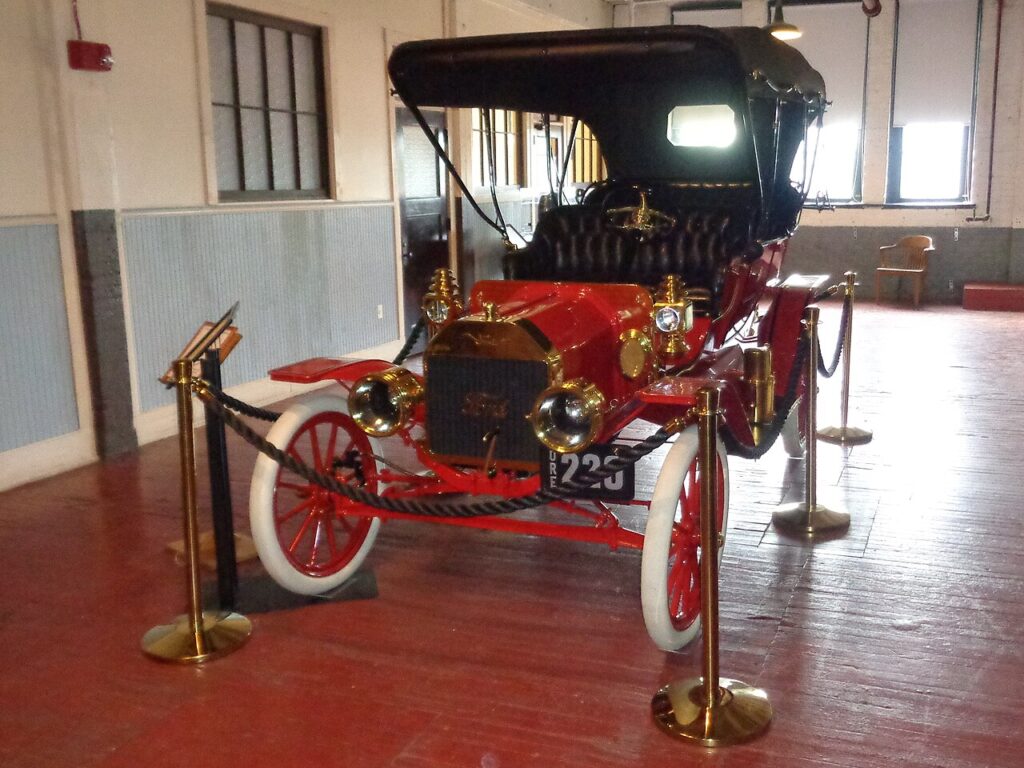
Released in 1908, the Ford Model T is arguably one of the most important automobiles in history. Known for its affordability and practicality, the Model T was the first car to be mass-produced using assembly line techniques. Its simple design and reliable performance made it accessible to the average American, transforming the automobile from a luxury item into a common household necessity. Today, the Model T can be found in the $10,000 to $20,000 range, with certain versions or well-preserved models fetching higher prices.
The Model T revolutionized the automotive industry by making cars affordable for the masses. Its engine was basic but durable, and its design was adaptable, allowing for various body styles. The introduction of the assembly line drastically reduced production costs, bringing the car into the reach of the average worker. Its widespread use played a crucial role in the rise of car culture in America. As a symbol of industrial innovation, the Model T remains a beloved classic among vintage car enthusiasts.
Cadillac Type 53
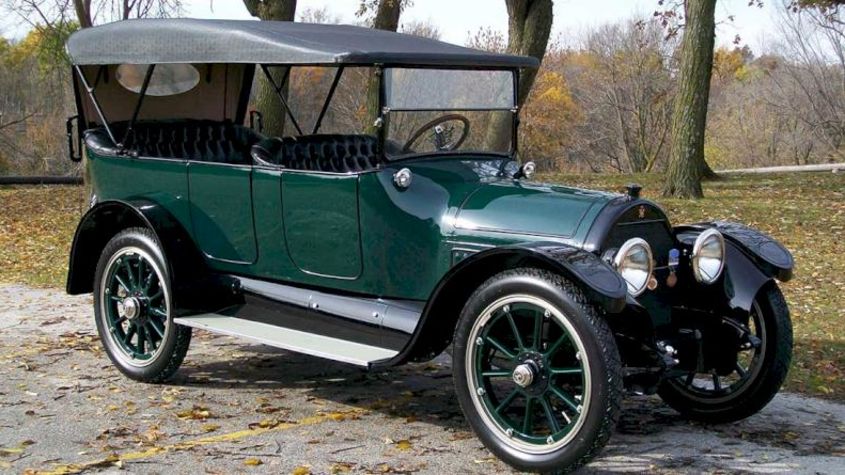
The Cadillac Type 53, introduced in 1915, was one of the first cars to feature precision manufacturing using interchangeable parts. This model showcased Cadillac’s commitment to quality and innovation, earning it the title of Standard of the World. The Type 53 was powered by a 5.3-liter V8 engine, a significant step forward in automotive technology at the time. Today, the Cadillac Type 53 can be valued at around $50,000 to $100,000, depending on condition and originality.
Cadillac’s precision manufacturing allowed for greater reliability and consistency, which helped solidify the brand’s reputation. The Type 53 was also known for its elegant design, with custom coachwork available for buyers. It was a powerful and smooth-running automobile, a testament to Cadillac’s engineering excellence. The Type 53’s legacy in the luxury car market is still felt today, as Cadillac continues to be a leading name in American automotive history. Collectors prize this model for its historical significance and its place in the development of the American luxury automobile.
Alfa Romeo 6C 1750

The Alfa Romeo 6C 1750, introduced in 1929, was one of Italy’s most celebrated sports cars of the era. Powered by a 1.75-liter six-cylinder engine, it was designed for both performance and elegance. This model is noted for its impressive speed, handling, and stylish bodywork, which made it a favorite in racing circles. Today, a well-preserved Alfa Romeo 6C 1750 can fetch values of $200,000 to $400,000, depending on condition and rarity.
The 6C 1750 was known for its innovative engineering, including advanced suspension and braking systems for its time. It gained a reputation for success in motorsport, where it was regularly competitive in Italian racing events. The car’s design was sleek, with elegant lines that set it apart from other sports cars of the period. Collectors value the 6C 1750 not only for its performance but also for its beauty and rarity. It remains one of Alfa Romeo’s most iconic models, celebrated for its contribution to both sports car development and automotive design.
Mercedes-Benz 35 HP
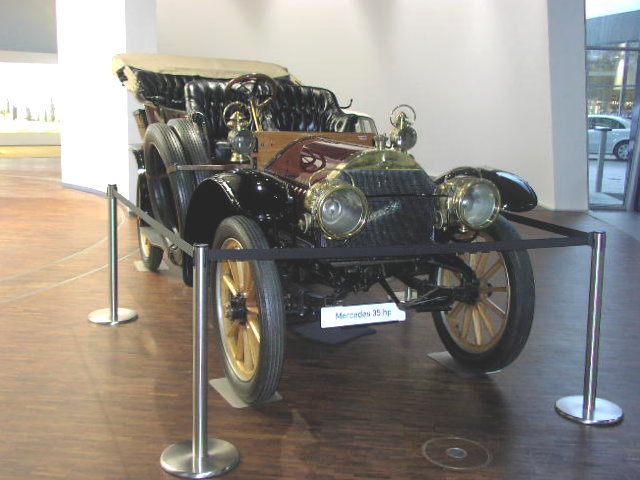
Introduced in 1901, the Mercedes-Benz 35 HP is widely regarded as one of the first true modern automobiles. It was developed by the Daimler-Motoren-Gesellschaft (DMG) and powered by a 35-horsepower, four-cylinder engine. The car was a milestone in both design and performance, featuring a more efficient engine and a more streamlined body than previous models. Today, the Mercedes-Benz 35 HP is valued in the $200,000 to $400,000 range depending on condition and provenance.
This model marked a breakthrough in automobile engineering, particularly in terms of horsepower and speed. It was one of the first cars to feature a rear-mounted engine, a design that would influence future models. The 35 HP was designed with performance in mind, and it quickly became a hit in racing events, solidifying Mercedes-Benz’s place as a leader in automotive technology. As one of the earliest models from a brand that would become synonymous with luxury and performance, the 35 HP remains a prized collector’s item. Its role in shaping the future of automobile manufacturing makes it an essential part of automotive history.
Duesenberg Model J

The Duesenberg Model J, released in 1928, is one of the most famous American luxury cars of the early 20th century. Known for its powerful engine and exceptional performance, the Model J featured a straight-eight engine capable of producing up to 265 horsepower. This car made history by combining speed, luxury, and engineering precision, making it a favorite among Hollywood stars and the wealthy elite. Today, a Model J in excellent condition can be valued at over $1 million.
The Model J was built to impress, with custom bodies from renowned coachbuilders like LeBaron and Murphy. It was one of the first cars to combine advanced engineering with luxury, and its 100+ mph top speed made it one of the fastest cars of its time. This model’s success in both racing and luxury circles helped solidify Duesenberg’s reputation as a premier American automaker. Its place in history is cemented by its combination of style, performance, and exclusivity. The Duesenberg Model J continues to be a sought-after car for collectors of fine vintage automobiles.
Bugatti Type 35

Introduced in 1924, the Bugatti Type 35 is one of the most successful racing cars ever built. It was designed by the legendary Ettore Bugatti and featured a lightweight body and a four-cylinder engine that delivered exceptional speed and handling. This car made history by winning over 1,000 races, including prestigious events like the French Grand Prix. Today, an original Type 35 in good condition can be worth upwards of $3 million.
The Type 35 was groundbreaking in terms of its performance, speed, and design. It was equipped with a 2.0-liter engine and featured advanced suspension and braking systems for its time. This model’s racing success brought Bugatti international acclaim, and it remains a symbol of innovation and speed in automotive history. The Type 35’s place in motorsport history is undeniable, as it was one of the most dominant race cars of its era. Today, it is highly prized by collectors and automotive enthusiasts alike for its legacy in motorsport.
Chevrolet Corvette C1
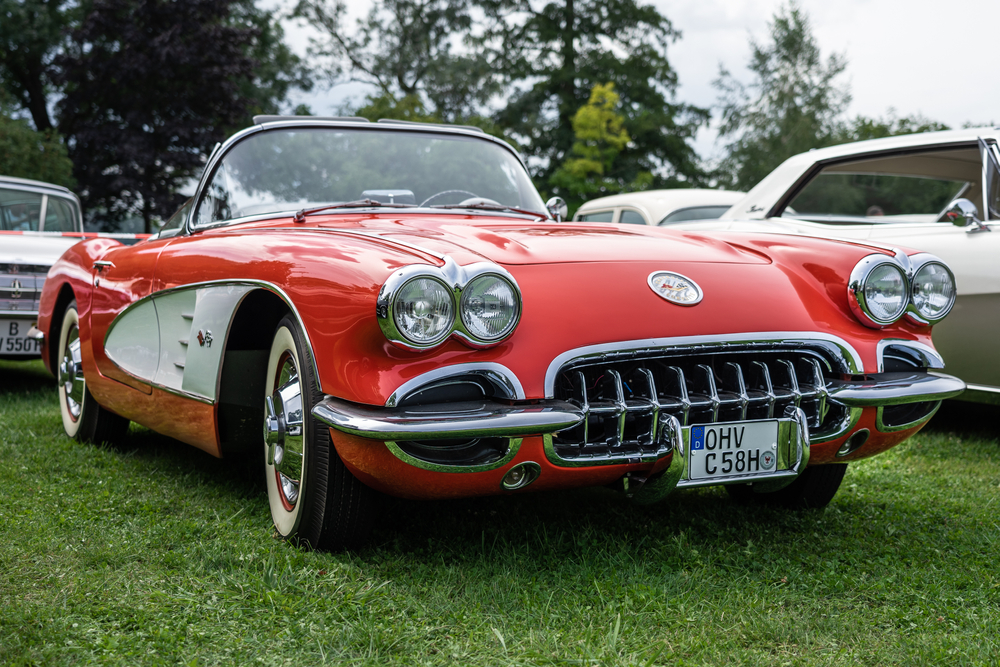
The Chevrolet Corvette C1, first introduced in 1953, was America’s answer to European sports cars. With its sleek fiberglass body and V8 engine, the Corvette quickly earned a reputation for speed and performance. The C1 Corvette made history as one of the first American cars designed as a true sports car, setting the stage for the iconic Corvette brand. Today, well-maintained or restored C1 Corvettes can be worth between $50,000 and $100,000, with special editions reaching even higher prices.
The C1 Corvette’s design was heavily influenced by European sports car aesthetics, making it a true pioneer in American performance vehicles. It featured a lightweight fiberglass body, a novel feature at the time, that helped improve speed and handling. Though the early models were limited in number, they helped establish the Corvette as an American icon. With its powerful engine, low profile, and high performance, the C1 Corvette was an instant classic. Today, it remains one of the most celebrated vintage American sports cars.
Vauxhall 25-hp Prince Henry
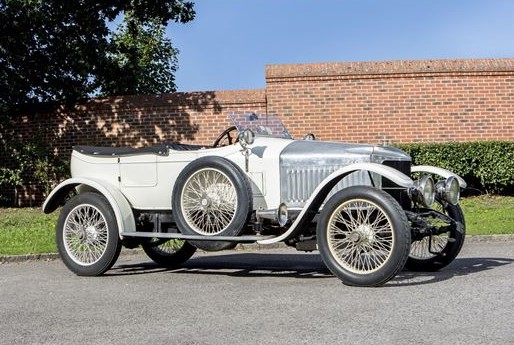
The Vauxhall 25-hp Prince Henry, introduced in 1910, was one of Britain’s most notable early sports cars. It featured a 4.3-liter four-cylinder engine that provided impressive speed for the time. The Prince Henry was known for its robust performance in endurance trials and became a favorite among competitive drivers. Today, it can fetch values of $300,000 to $500,000, depending on condition and provenance.
The Prince Henry was designed to compete in the prestigious Prince Henry Trial, where it won acclaim for its performance and reliability. Its elegant yet sporty design made it a favorite for affluent car buyers in the UK. As a symbol of British automotive craftsmanship, the Prince Henry has a significant place in early 20th-century car history. Its combination of engineering excellence and racing success made it a standout model for Vauxhall. Collectors value it for its rarity and its role in British automotive legacy.
Ford Model A
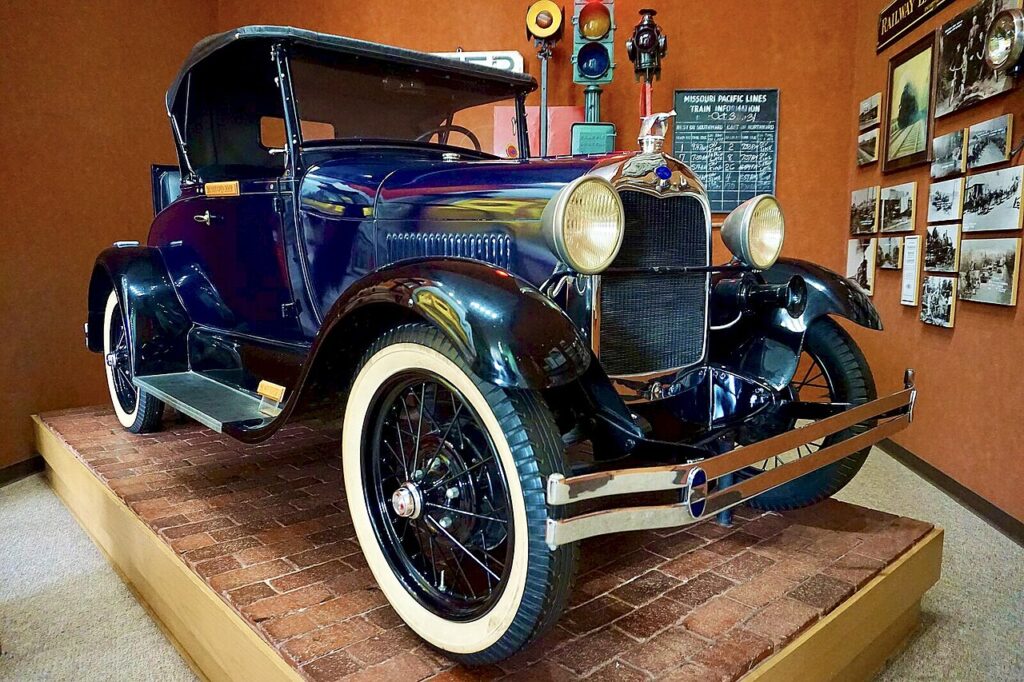
The Ford Model A, introduced in 1927, was a groundbreaking model for Ford and marked the end of the Model T era. It featured a more refined design, including a 3.3-liter four-cylinder engine capable of producing 40 horsepower. The Model A was significant in automobile history for its increased comfort, better performance, and broader appeal. Today, depending on the condition, original Model A cars are valued between $10,000 and $30,000, with rare versions or well-preserved models reaching higher prices.
The Model A was designed with features like an improved braking system, a new body style, and more modernized interior comforts, including leather seats and a spacious cabin. It was Ford’s first car to feature modern electrical systems, including an electric starter and lighting. The introduction of this model played a major role in the expansion of automobile ownership, making it a key part of the shift to mass motoring in the United States. The Model A remains a symbol of affordable automotive innovation. Its place in history is as a popular, mass-market automobile with lasting influence on the design of future models.
Chrysler Airflow

The Chrysler Airflow, introduced in 1934, was one of the first cars to feature aerodynamic design principles. Powered by an inline eight-cylinder engine, the Airflow was known for its smooth, streamlined shape that reduced drag and improved fuel efficiency. Despite its innovative design, the Airflow didn’t achieve commercial success, but it made history by influencing automotive design for decades. Today, the Airflow is valued around $50,000 to $100,000 depending on condition and rarity.
The Airflow was a revolutionary step forward, introducing a more sculpted, sleek body compared to the boxy cars of the time. Its design was based on the principles of aerodynamics, which reduced wind resistance and improved fuel efficiency. While it was ahead of its time, consumers were not yet ready for such radical design changes, and Chrysler’s bold move was met with limited success. Nonetheless, the Airflow became a precursor to the aerodynamic designs that would become standard in the 1940s and 1950s. Collectors and enthusiasts now celebrate it for its forward-thinking engineering and design.
Hudson Hornet
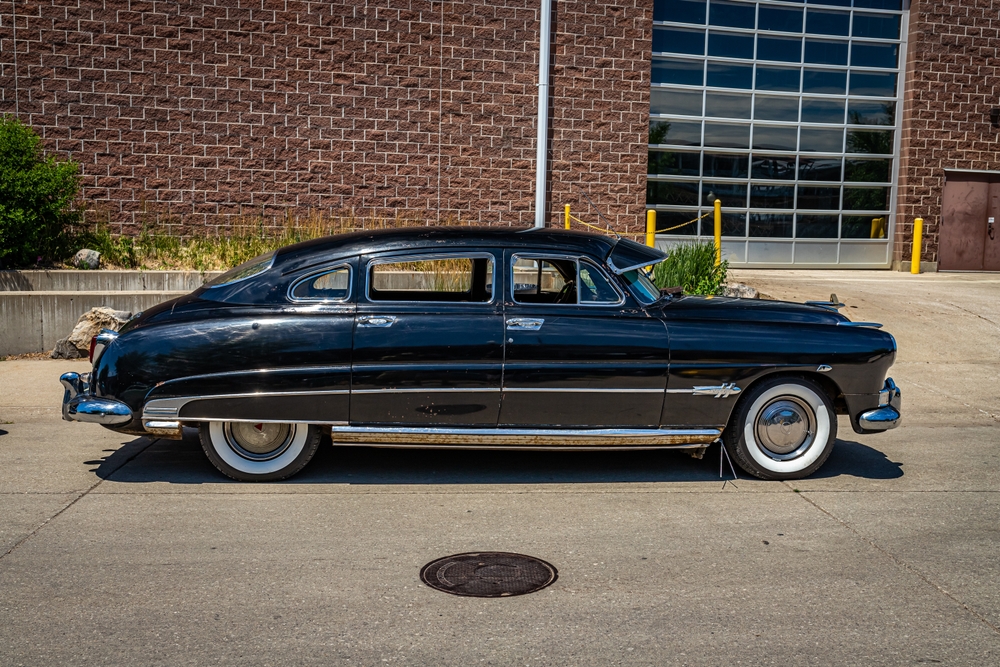
The Hudson Hornet, introduced in 1951, became one of the most recognizable American cars of the 1950s. Known for its powerful six-cylinder engine and its smooth, streamlined design, the Hornet quickly became popular for its performance and comfort. It made history by dominating stock car racing, particularly the NASCAR circuit, where it won numerous races. Today, the Hudson Hornet is valued between $30,000 and $80,000, with rare models or well-restored cars fetching higher prices.
The Hornet’s racing success was partly due to its advanced engineering, including a high-compression engine and low center of gravity, which gave it excellent handling. In addition to its performance, the Hornet was also known for its spacious, comfortable interior, which appealed to families. Despite its racing legacy, the Hornet was ultimately discontinued in the 1950s, making it a rare and sought-after collector’s item. Its place in automotive history is cemented by its dominance in early stock car racing and its distinctive style. The Hornet remains an iconic piece of mid-century American automotive culture.
Mercury Eight

The Mercury Eight, launched in 1949, was one of the first post-World War II automobiles to feature a completely new design. With its smooth, rounded lines and advanced features, the Mercury Eight stood out in the market. Powered by a V8 engine, the Eight offered a combination of performance, style, and affordability, which helped make it a popular model in the 1950s. Today, the Mercury Eight’s market value ranges from $20,000 to $40,000, depending on its condition and rarity.
The Mercury Eight was the first car to feature Ford’s new 8-cylinder engine, which set it apart from many competitors. Its modern, sleek design was intended to symbolize post-war optimism and progress, with a focus on both comfort and style. The model was instrumental in Mercury’s rise as a key player in the American automotive market, offering both luxury and reliability. In addition to its design, the Mercury Eight’s engineering innovations contributed to its lasting appeal. Today, collectors cherish the Eight for its place in automotive history and its stylish design.
Cadillac V8 Series 61
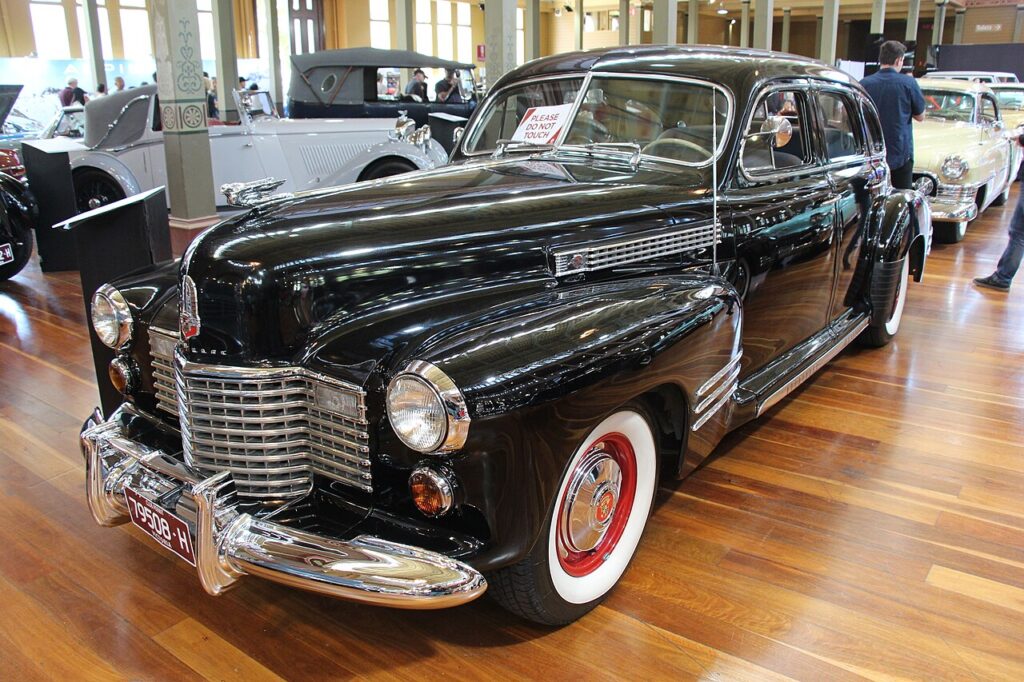
The Cadillac V8 Series 61, introduced in 1941, marked a significant evolution in luxury cars, offering both elegance and performance. Powered by a V8 engine, the Series 61 offered more power and smoother performance than many competitors. Its refined design, plush interior, and advanced features made it a standout model in Cadillac’s lineup. Today, the Series 61 is valued between $25,000 and $60,000, depending on condition and rarity.
The Series 61 Cadillac was known for its luxurious ride, which made it a favorite among affluent buyers. Its V8 engine provided a smooth, powerful driving experience that was unrivaled by most other cars of its time. The model also featured advanced engineering, including a torsion bar suspension and hydraulic brakes, which helped improve its handling and safety. The Series 61 is celebrated for its role in solidifying Cadillac’s reputation as a leader in luxury automobiles. It remains a desirable model for collectors looking to own a piece of Cadillac’s pre-war history.
This article originally appeared on Avocadu.
